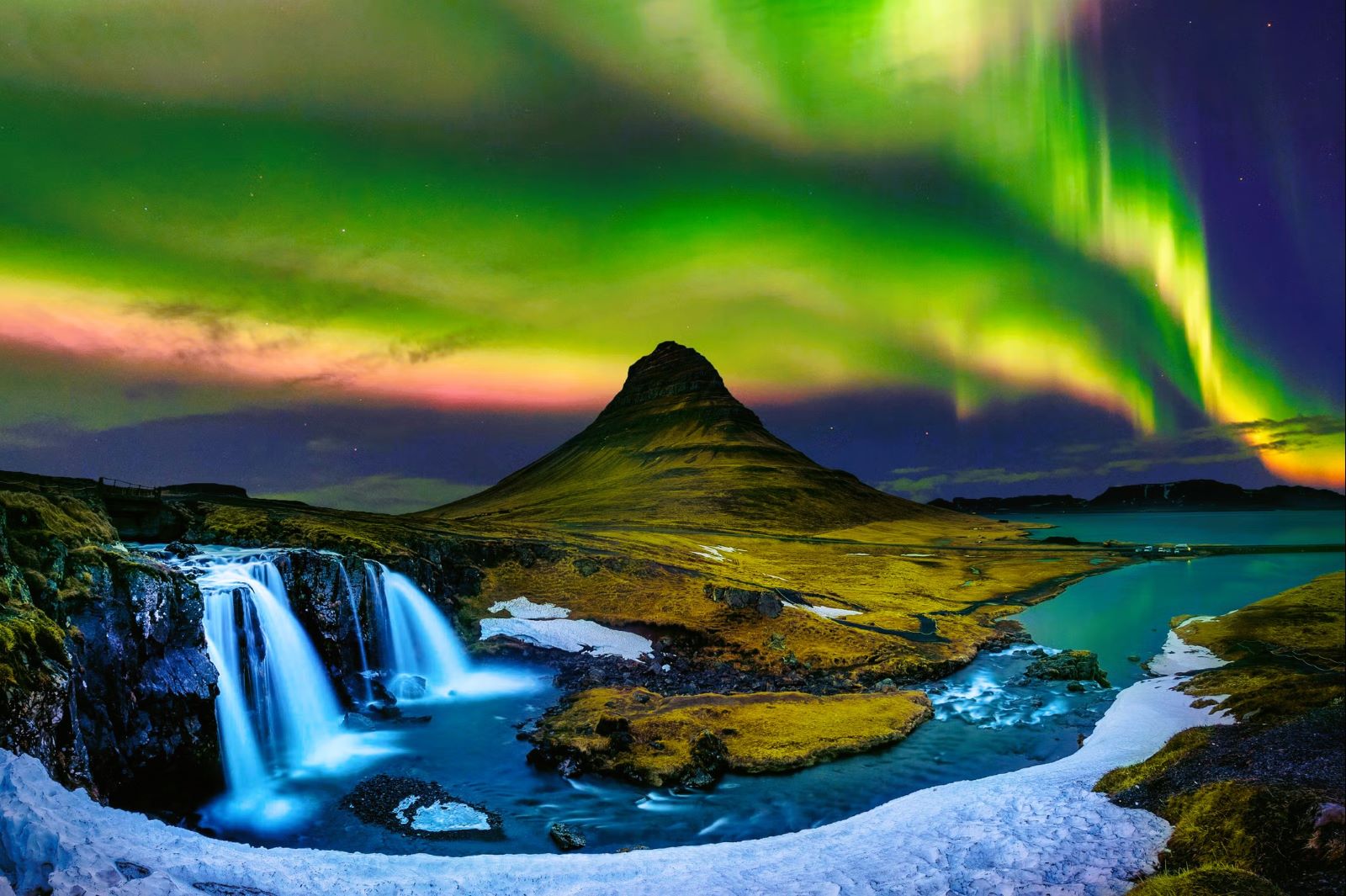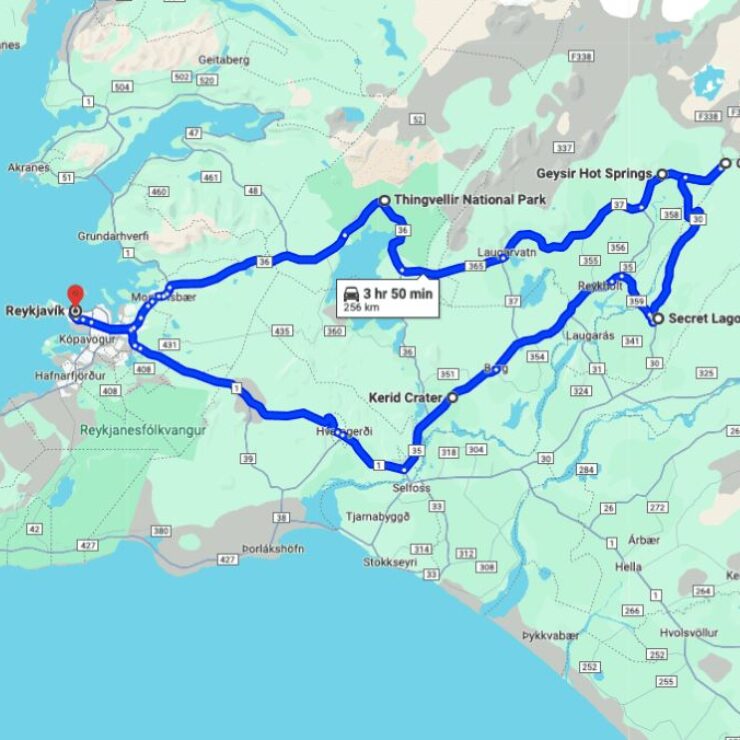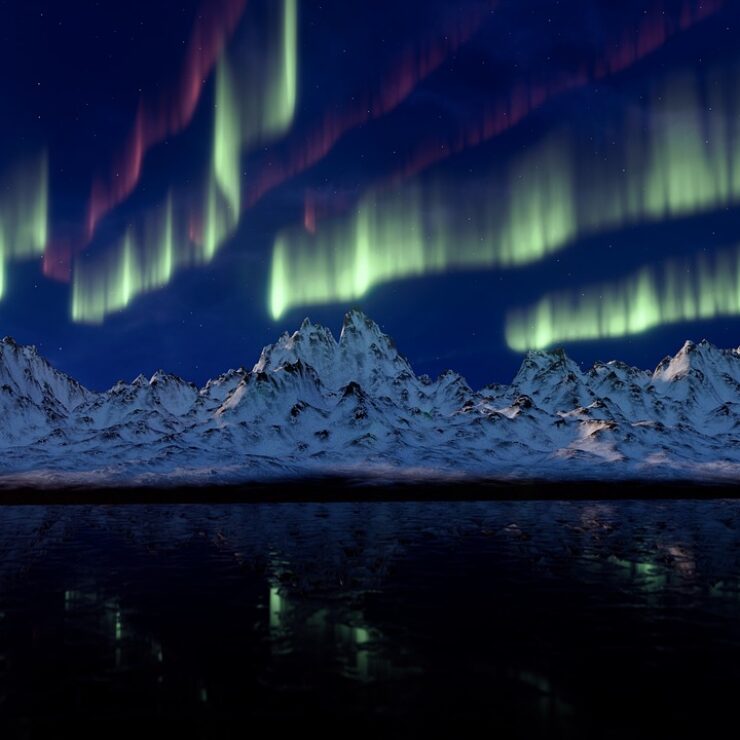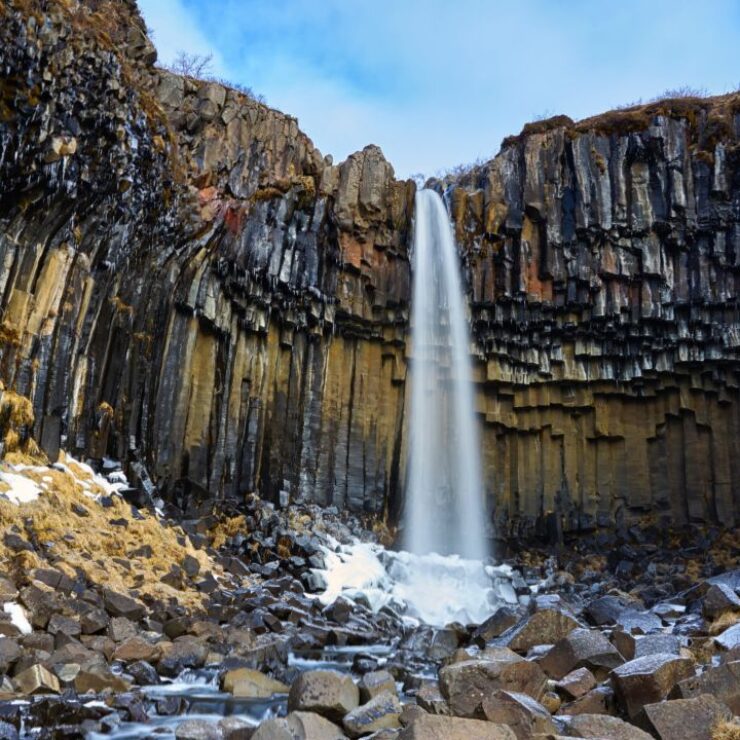For those with a longing to visit Iceland, the question of when to plan their trip may arise. This country’s breathtaking landscapes, natural marvels, and distinct cultural opportunities have made it a favored location for tourists from all corners of the globe. However, the constantly shifting weather and wide range of seasonal activities can make it difficult to determine the perfect time to go.
This extensive manual will delve into the varying seasons of Iceland and suggest ideal periods for visiting, depending on your interests and preferences. Whether you want to witness the enchanting Northern Lights, relax in geothermal hot springs, discover stunning waterfalls, or experience the magnificence of volcanoes, we aim to assist you in planning an unforgettable and satisfying trip to Iceland.
The Seasons in Iceland
Before we delve into the best times to visit Iceland for specific activities, let’s take a closer look at the different seasons in this enchanting country.
Summer (June to August)
In Iceland, from June to August, the summer months bring extended daylight and bearable temperatures. This is the busiest time for tourism, as popular nature sights are open and filled with eager tourists. The typical temperature ranges from 50 to 55 degrees Fahrenheit, creating perfect conditions for outdoor adventures like hiking and camping. The midnight sun occurrence, where the sun stays visible all night, adds to the remarkable and breathtaking atmosphere during this season.
Fall (September to October)
As the season of fall arrives, Iceland experiences a shift from summer to winter. The weather starts to get cooler and the daylight hours gradually decrease. The months of September and October are known as shoulder seasons, providing a perfect balance between less crowded places and easily accessible tourist attractions. The stunning transformation of the scenery, where forests and heather change into shades of yellow, orange, and red, creates a charming setting for any explorations. Fall is also a prime time for cultural festivities and events in Iceland.
Winter (November to February)
Iceland’s winter season brings about shorter daylight hours, colder weather, and potential snowfall. This time of year, typically between November and February, is when the enchanting Northern Lights, or aurora borealis, make their appearance. With longer periods of darkness, visitors have an increased opportunity to witness this stunning natural light show. Various winter activities like exploring ice caves, snowshoeing, and skiing are popular during this season. It is important to keep in mind that roads may be difficult to navigate and some attractions may have restricted access due to weather conditions.
Spring (March to May)
As winter fades away, Iceland welcomes the arrival of spring – a time of change and rejuvenation. The sun begins to shine longer, and the once dormant nature comes back to life. While March and April can still be considered winter, there may be a few instances of snow and frigid temperatures. But as May approaches, the weather gets warmer and the scenery is transformed by the blooming of colorful flowers and sprouting of trees. With the return of migratory birds, spring is a prime season for birdwatching in Iceland. It’s also a less crowded time for visitors, making it an ideal opportunity for off-peak travel.
Now that we have an overview of the seasons in Iceland, let’s dive into the best times to visit for specific activities and experiences.
Booking.comBest Time to See the Northern Lights in Iceland
The Northern Lights, also known as Aurora Borealis, are highly coveted natural wonders in Iceland. They light up the dark sky with their mesmerizing and vividly hued curtains, making for a spectacular display. Witnessing this breathtaking phenomenon is influenced by several elements such as the absence of light, clear skies, and solar activity. Although the Northern Lights are unpredictable, certain months provide better chances of catching a glimpse of them.
Winter Months (October to March)
The ideal time to witness the Northern Lights in Iceland is during the winter season, which spans from October to March. The longer periods of darkness during this time increase the likelihood of catching this incredible natural phenomenon. To fully enjoy the experience, it is recommended to escape areas with artificial lighting and seek out the tranquil countryside. Taking part in guided tours or enlisting the help of a knowledgeable local can greatly enhance your chances of spotting the Northern Lights.
Best Months: November, December, February
The winter months of November, December, and February are particularly ideal for viewing the Northern Lights. While they can occur at any time during the season, these months tend to have a higher frequency of geomagnetic storms that contribute to the spectacular displays of the aurora borealis. It is important to dress warmly and anticipate cold temperatures when embarking on a Northern Lights excursion.
Best Time to Visit Iceland for Natural Hot Springs
The country of Iceland is well-known for its abundance of geothermal activity, allowing for a one-of-a-kind chance to unwind in natural hot springs. These pools, heated by the Earth’s natural energy, not only provide relaxation but also offer various health advantages. Though some of these hot springs can be visited all year, specific times of the year may offer a more pleasant and less crowded experience.
Off-Season Months (September to October)
To escape large crowds and indulge in a peaceful hot spring getaway, plan a trip to Iceland between September and October. This is the off-season period when summer tourists have left and the crowds have decreased, providing the perfect opportunity to fully enjoy the revitalizing hot springs. September and early October are especially ideal, as you will have better access to secluded hot springs and encounter fewer tourists.
The Blue Lagoon: Off-Season and Shoulder Seasons
Don’t miss out on the Blue Lagoon, Iceland’s renowned geothermal spa. To fully enjoy your trip, it’s best to plan your visit during the off-season or shoulder seasons when there are less crowds. By avoiding the busy summer months, you can relax in the tranquil and rejuvenating mineral waters of this iconic attraction.
Best Time to Visit Iceland for Waterfalls
The country of Iceland boasts some of the most awe-inspiring waterfalls across the globe. These breathtaking cascades of water pour into striking landscapes, creating a truly captivating sight. To fully experience these natural marvels, it is crucial to take into account the weather and ease of access.
Summer Months (June to August)
Iceland’s waterfalls are at their peak during the summer season, which runs from June to August. The landscape is teeming with life and vibrant colors, making it easy to access these natural wonders. The melting snow and ice only add to the already impressive water flow, resulting in breathtaking displays of power and awe. It’s the perfect opportunity to embark on adventures of waterfall-hopping and experience the unfiltered magnificence of nature.
Shoulder Seasons (September to October and May)
For a harmonious mix of less crowd and easy access to waterfalls, Iceland is best visited during the shoulder seasons of September to October and May. During these times, the weather is still pleasant and there is plenty of daylight for you to fully experience the breathtaking waterfalls. The changing colors of the landscape also add an extra touch of beauty, offering the perfect opportunity for stunning photography and unforgettable memories.
Best Time to Visit Iceland for Volcanoes
The terrain of Iceland is defined by its numerous volcanoes, making it a truly unique destination. If you have an interest in these natural marvels and wish to discover Iceland’s volcanic terrain, planning your trip accordingly is essential.
Year-Round: Volcanic Activity
Iceland is constantly changing due to its potential for volcanic activity at any moment. This makes it a dynamic and ever-evolving destination. While eruptions may be unpredictable, there are chances to see volcanic landscapes and even visit inactive or extinct volcanoes. It is crucial to stay informed about any alerts for volcanic activity and follow safety measures set by the local authorities.
Volcano Tours and Excursions
If you want to make the most of your time experiencing Iceland’s volcanoes, why not join specialized tours and excursions? These expert-led adventures offer valuable knowledge about the country’s geology, volcanic past, and ongoing research. With experienced guides at your side, you can safely discover volcanic craters, lava fields, and one-of-a-kind geological wonders.
Best Time to Visit Iceland for Whale Watching
Iceland is a renowned destination for whale watching, providing the opportunity to see these impressive animals in their natural environment. The country’s coastal waters are filled with different types of whales, with specific months offering even better chances to catch sight of them.
Summer Months (June and July)
Iceland’s busiest times for observing whales are in June and July. In Reykjavík, there is an increase in sightings of minke whales and dolphins during the summer, while orcas can be seen gathering in West Iceland around the Snaefellsnes peninsula. In the northern part of Iceland, a variety of whale species, such as humpbacks, minkes, and dolphins, can be spotted from May to August. For an exceptional whale watching experience, be sure to visit the delightful town of Húsavík, renowned as the “Whale Watching Capital of Iceland.
Shoulder Seasons (April to September)
Instead of dealing with the busy summer crowds, you can still partake in the incredible experience of whale watching during the shoulder seasons of April to September. During this period, there are plenty of opportunities to observe various whale species, such as humpbacks and minkes, as they travel through the waters around Iceland. Whether you choose a boat tour or observe from the shoreline, you have a high likelihood of seeing these magnificent creatures and making memories that will last a lifetime.
Plan Your Ideal Trip to Iceland
Throughout the year, Iceland presents an abundance of natural marvels and distinctive adventures. From the ethereal splendor of the Northern Lights, to the soothing hot springs, or the magnificent waterfalls, and the captivating volcanic terrain, there is an ideal time to explore Iceland to suit your interests.
Take into account the different seasons and the corresponding activities while organizing your journey. The summertime provides extended daylight, stunning scenery, and numerous options for outdoor fun. In autumn, you can enjoy the beauty of the changing leaves and a more peaceful ambiance. Winter offers the opportunity to witness the breathtaking Northern Lights and participate in winter sports. Spring marks the revival of nature and a possibility to embrace the changing seasons.
Whenever you decide to travel to Iceland, be ready for its fluctuating climate and embrace the distinctiveness of each time of year. By planning ahead and embracing a spirit of exploration, your journey to Iceland is bound to be an unforgettable and rewarding one.
Get ready to set off on an unforgettable adventure to Iceland! Pack your bags and begin your exploration of the land of fire and ice. Iceland is waiting for you!






